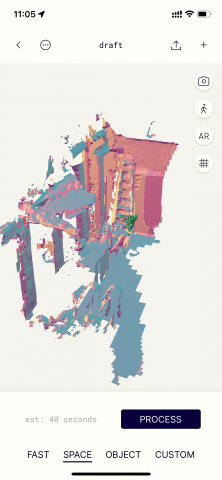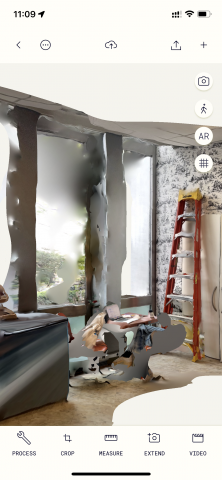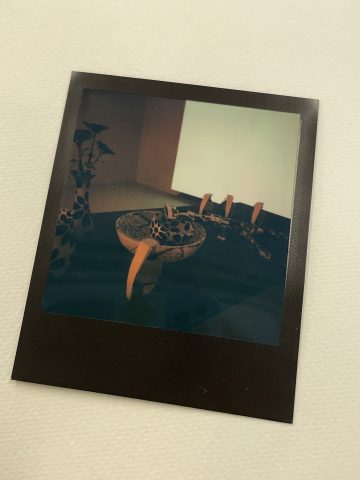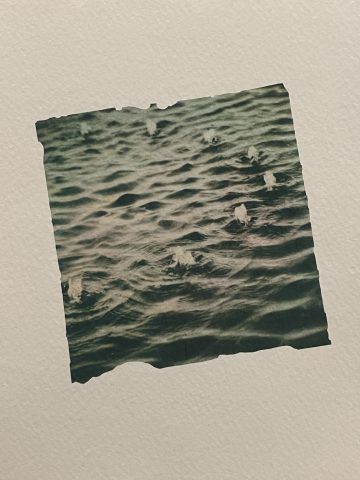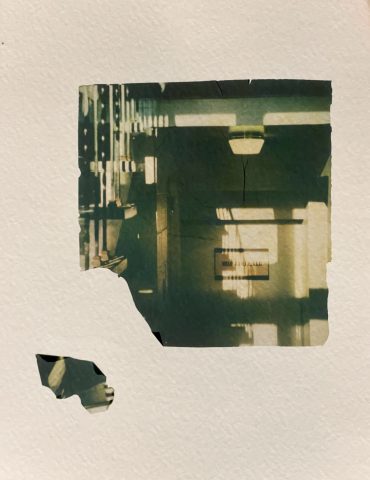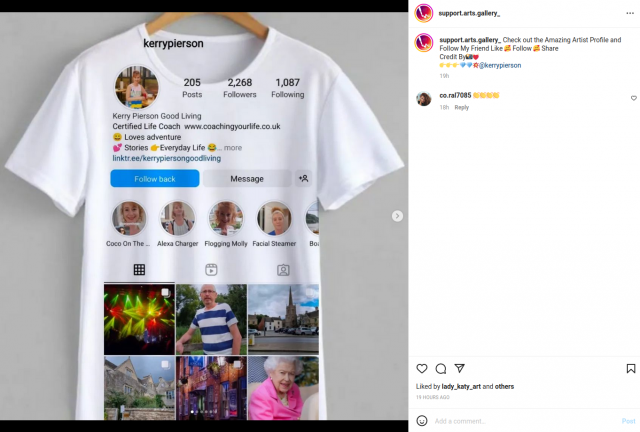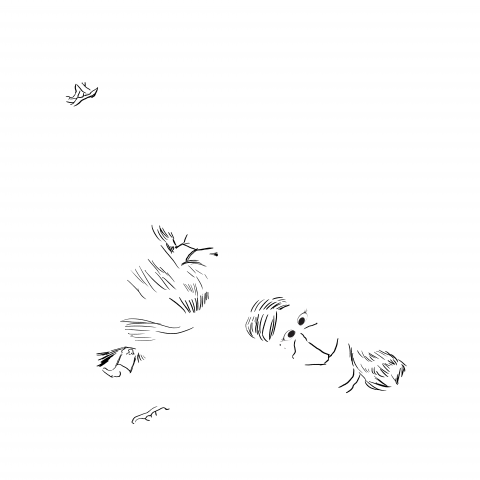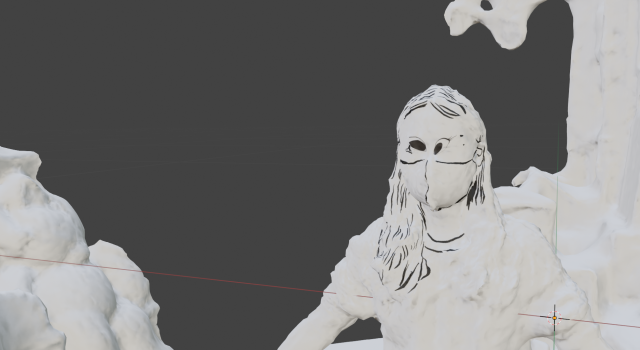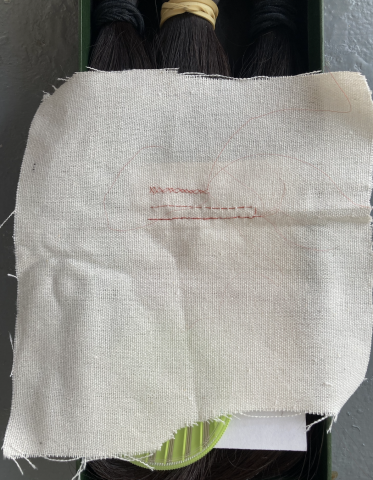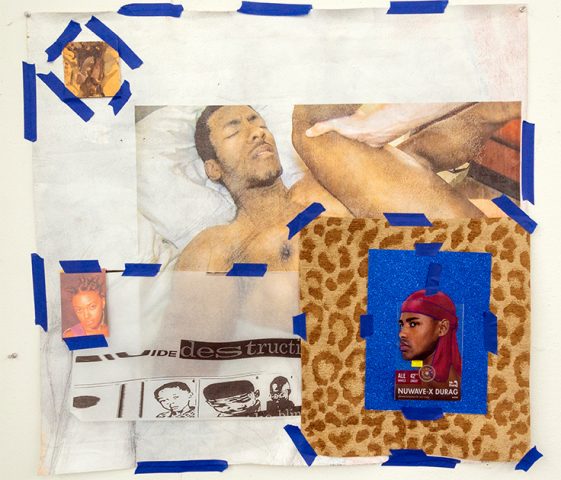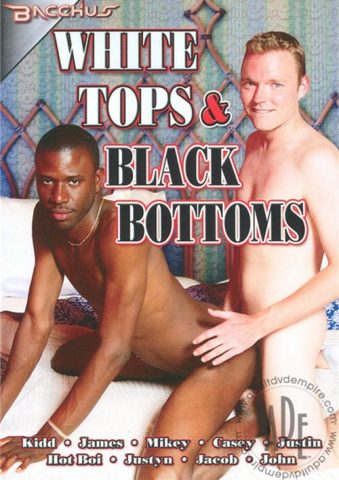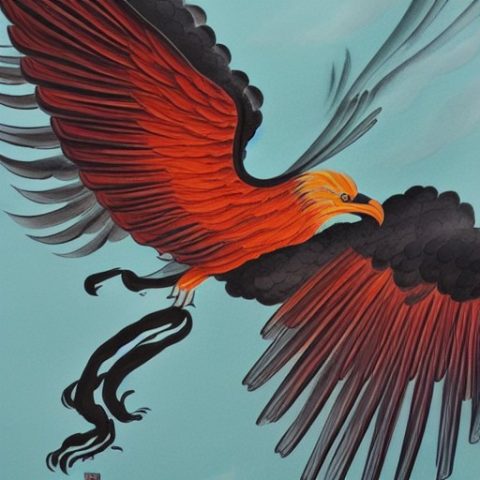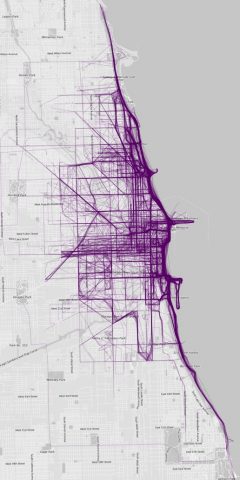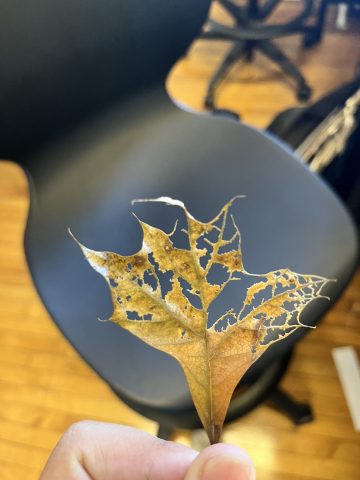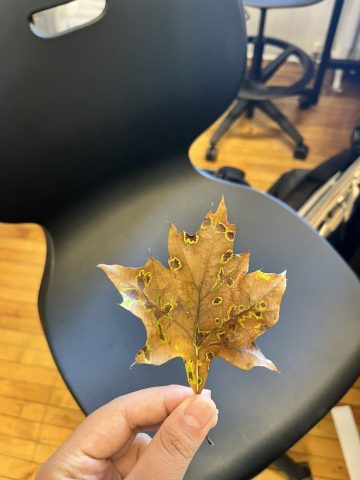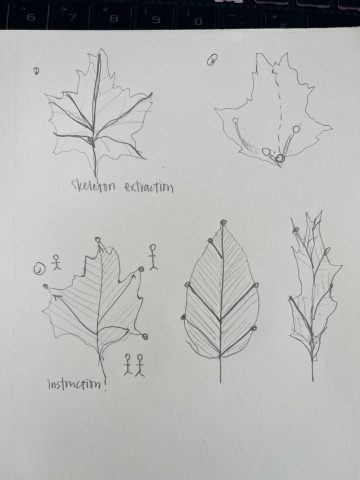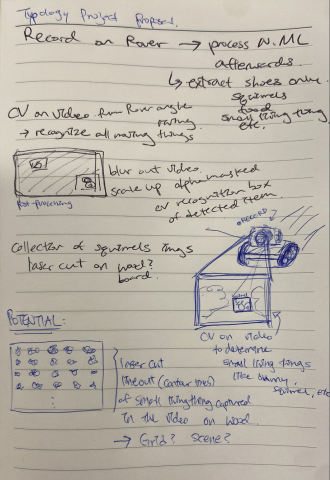My new project is examining bathroom deserts around campus. I will do so using a GoPro to recording my experience walking to and from the bathroom.
_____________old idea_________________
For my project I want to fine tune stable diffusion to output images in the style of common agricultural pests. I will then curate a collection of digital “pests” out of mundane prompts like “using the phone while talking to a person” and create an educational video about these pests (+generative video based on these images using the many tools available online like melobytes which I haven’t checked if it is legit but something similar) similar to something you’d find on national geographic kids or pbs kids from the early 2000s or before.
I am mainly inspired by these educational films from the mid 50s and 60s for the educational video aspect. In terms of the fine tuning, I am inspired by the recent fine tuning of stable diffusion on pokemon characters so that even unrelated prompts like “donald trump” are skewed towards this cartoonish art style.
After a little research into stable diffusion and realizing that I will need to spend money to train such a model, I am also looking at alternatives such as a recent addition called textual inversion, which is able to make unique tokens for stable diffusion for the purposes to customizing and/or debiasing the outputs of prompts.

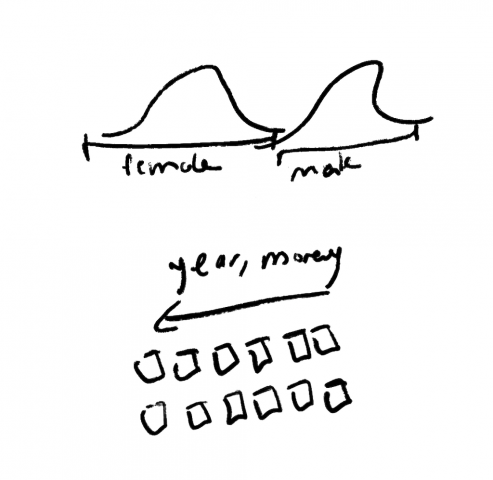
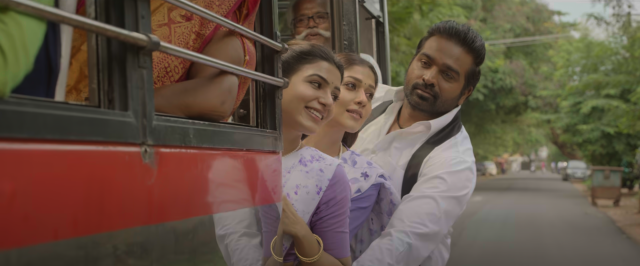
 ‘
‘
